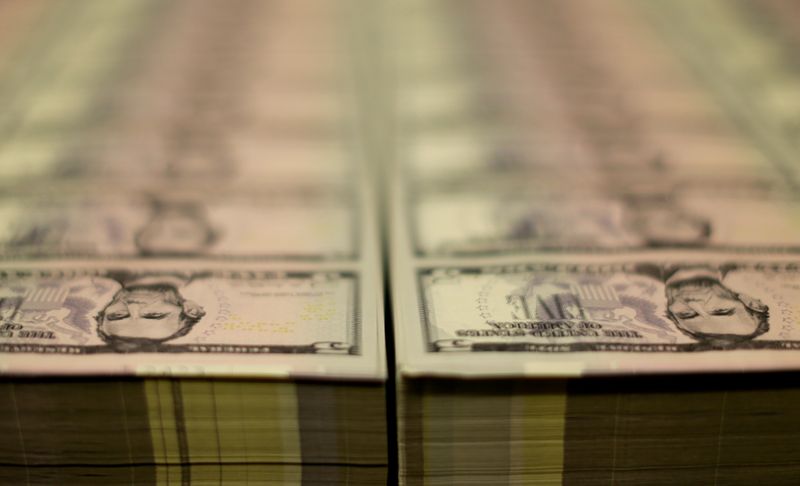Oklo stock tumbles as Financial Times scrutinizes valuation
Investing.com - The U.S. dollar has traded in a well-established range for some time, and Bank of America maintains a bearish bias while seeing growing two-way risks.
The attention span of the FX market has been put to the test in October, as a confluence of events have injected some two-way risk into the dollar. However, this has still not been enough to pull it out of its well-established range for a prolonged amount of time, said analysts at Bank of America, in a note dated Oct. 21.
French and Japanese developments captivated the foreign exchange market for about a week, putting upward pressure on the dollar. Sovereign markets have digested these developments quite well, and the foreign exchange impact still lingers somewhat at current levels.
After lingering in the background for several months, worries over tariffs and trade came back with the recent flair up in U.S.-China trade relations. While things have cooled over the past week or so, there is a risk of market complacency, the bank said.
“Looking forward the upcoming IEEPA (International Emergency Economic Powers Act) tariff ruling poses two-sided risks to the dollar, but we’re cautious about a fresh spike in trade uncertainty, which has weighed on the dollar in the past,” BofA said.
Meanwhile, as the market seeks a fresh catalyst, Fed pricing has quietly retraced the initial upward reaction to September’s “hawkish cut”.
The market is still net-short dollars, but positions have consolidated amid these cross currents, and conviction in the “short USD” trade is waning.
All this suggests caution on abandoning a bearish U.S. dollar view, said the U.S. bank.
“Into next year, themes such Fed independence should re-captivate the market, boosting expectations for a dovish stance even in the face of sticky inflation, resulting in relatively lower real rates,” said the bank’s analysts.
“The endgame for nascent private credit and regional bank risks remains unclear, but any potential shock to financial conditions also poses downside risks.”
